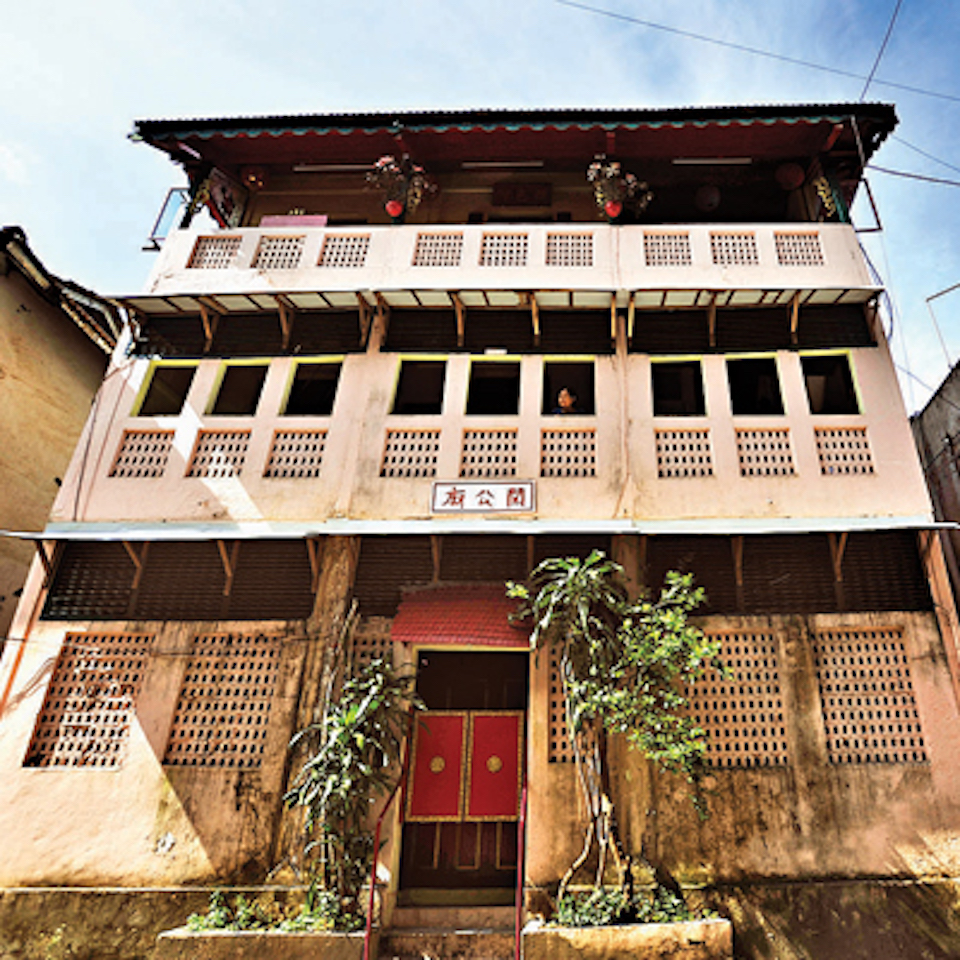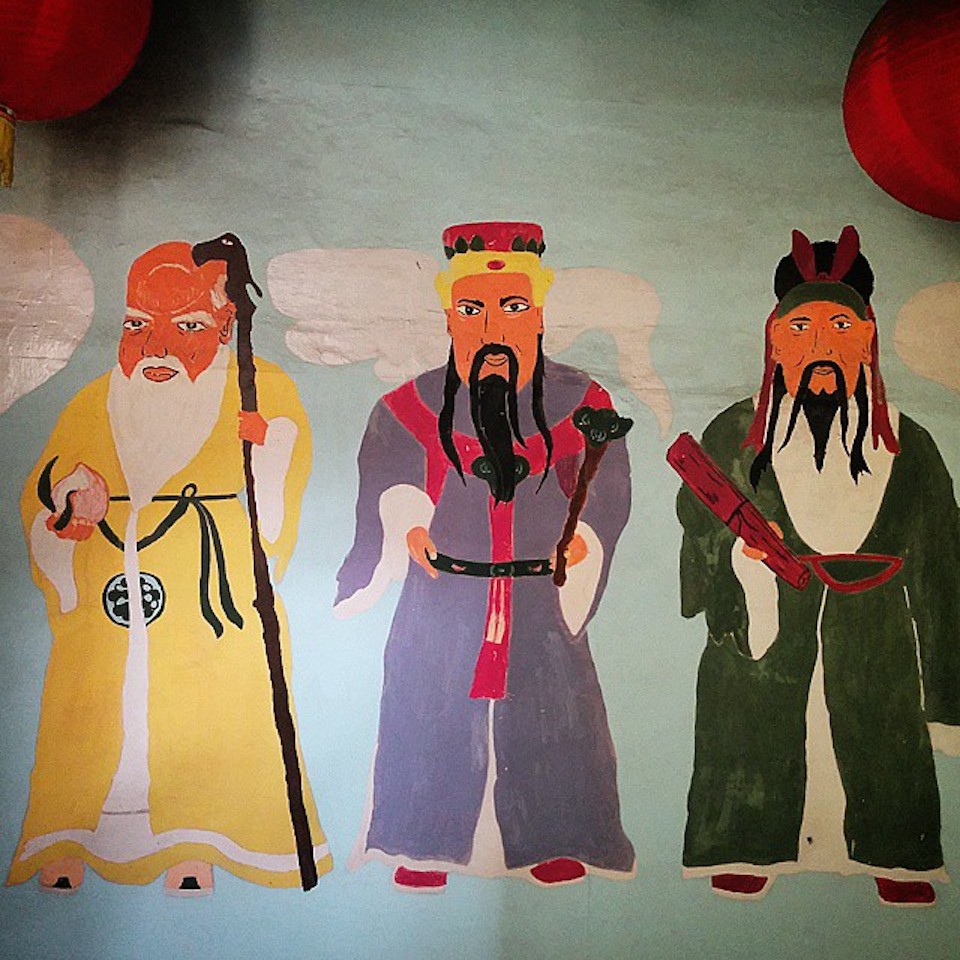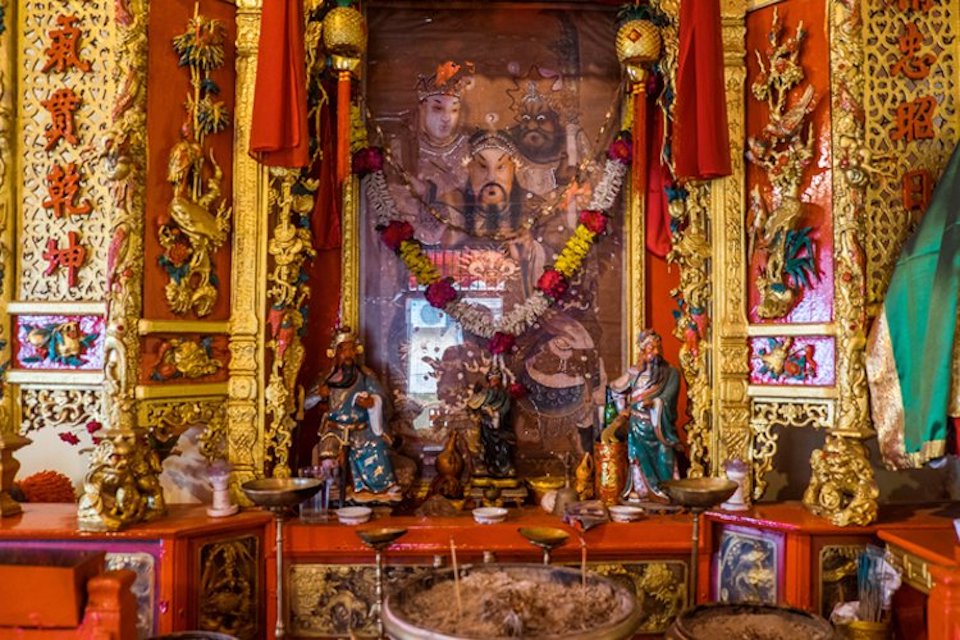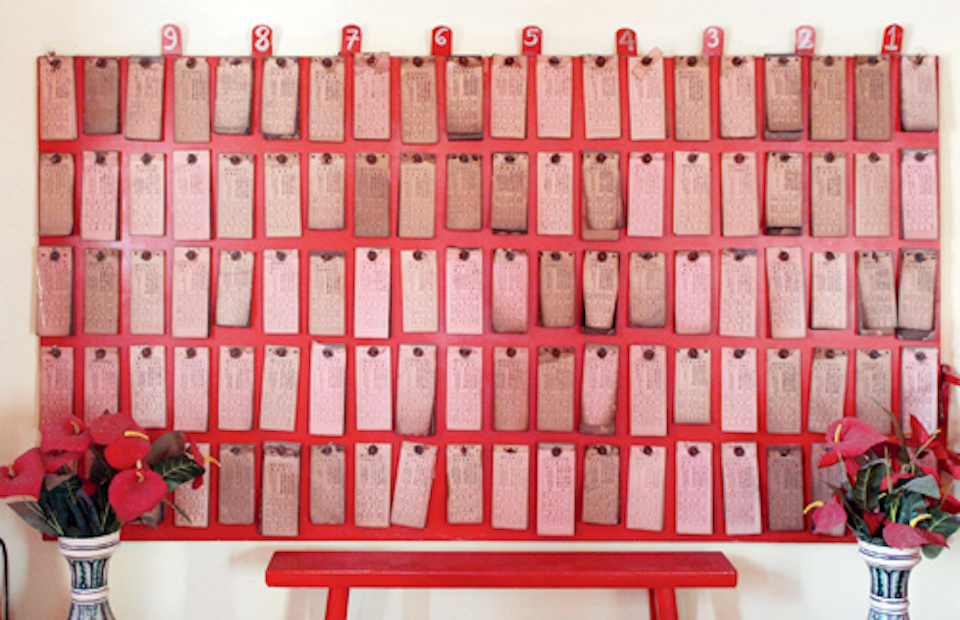There are plenty who complain about rampant haphazard development destroying Mumbai’s heritage. But look for it, and you’ll find remnants of Mumbai’s multi-cultural heritage hidden across the city. Its labyrinthine lanes and streets are strewn together with traces of the city’s history. One such old world wonder is cocooned in the historic neighborhood of Mazgaon. Here, you’ll find what is left of Mumbai’s once flourishing Chinatown – Kwai Tai Shek Temple (also known as Chinese Temple) and an old Chinese cemetery which is one of the best offbeat places to visit in Mumbai.

© DNA
Back in the early 1900s, Mazgaon was home to a thriving Chinese community who came all the way from Canton in Southern China to Mumbai to work for the East India Company. Working as merchants, traders, and sailors, they became an integral part of the city. In its prime, Mumbai’s Chinatown even had its very bustling Chinese school. Sadly, that was only until 1962. When the Indo-China War broke out, they were forced to migrate back to China. Today, there are hardly 1,500 Chinese left in Mumbai and the only remaining evidence of the city’s erstwhile Chinatown is the 90-year-old Kwai Tai Shek Temple and a cemetery.



© heritageshots.blogspot.in
Housed inside a nondescript two-storey building in Mazgaon, a bright scarlet door is the only sign suggesting the temple’s presence inside. A rickety old wooden staircase leads to the temple on the second floor. In the inner shrine, a mural depicting Fuk, Luk, and Sau, the Chinese Gods of blessing, longevity, and prosperity welcome you in.



© reDiscover Project
Inside the temple, red, the Chinese color of prosperity, dominates. The interiors are decorated with exquisite Chinese murals and silk drapery, while traditional paraphernalia hang atop. At the temple’s center lies its intricate altar where the neatly carved figurine of Kwan Kung rests. Kwan Kung, the Chinese warrior god is believed to be the remover of all obstacles and bringer of prosperity.



© mid-day.com
Those curious about what the future holds can find discover their fate with traditional Chinese method using numbered bamboo sticks. Look for the huge board with files of bamboo sheets, each having the future written on them and lined under different Chinese numbers. Tally your numbered bamboo stick with the sheets and voila, there’s your fortune!



Not just the future, you can even find answers to your dilemmas using the kidney bean or crescent moon shaped Jiaobei blocks. A common Chinese divination tool, these blocks come in pairs. One side of the block is bulged representing yin while the other flat side depicts yang. Ask a yes or no question and throw the pair of blocks how you’d throw a dice. If the blocks land with one bulged side and one flat side, the answer to your question is ‘Yes’. However, if both bulged sides face upwards, the answer is ‘No’. For other interpretations of the blocks, ask the friendly and ever ready to help temple priest.



© lbb.in
During the Chinese New Year and Moon Festival, the temple springs to life with festivities and brings together the city’s Chinese community. Unfortunately, most people don’t know this hidden gem even exists. On most days, the temple sees few visitors barring the local Chinese, making it hard for the temple to sustain. So, give the temple a new lease on life, and visit in flocks. It’s a must-visit for culture buffs.










